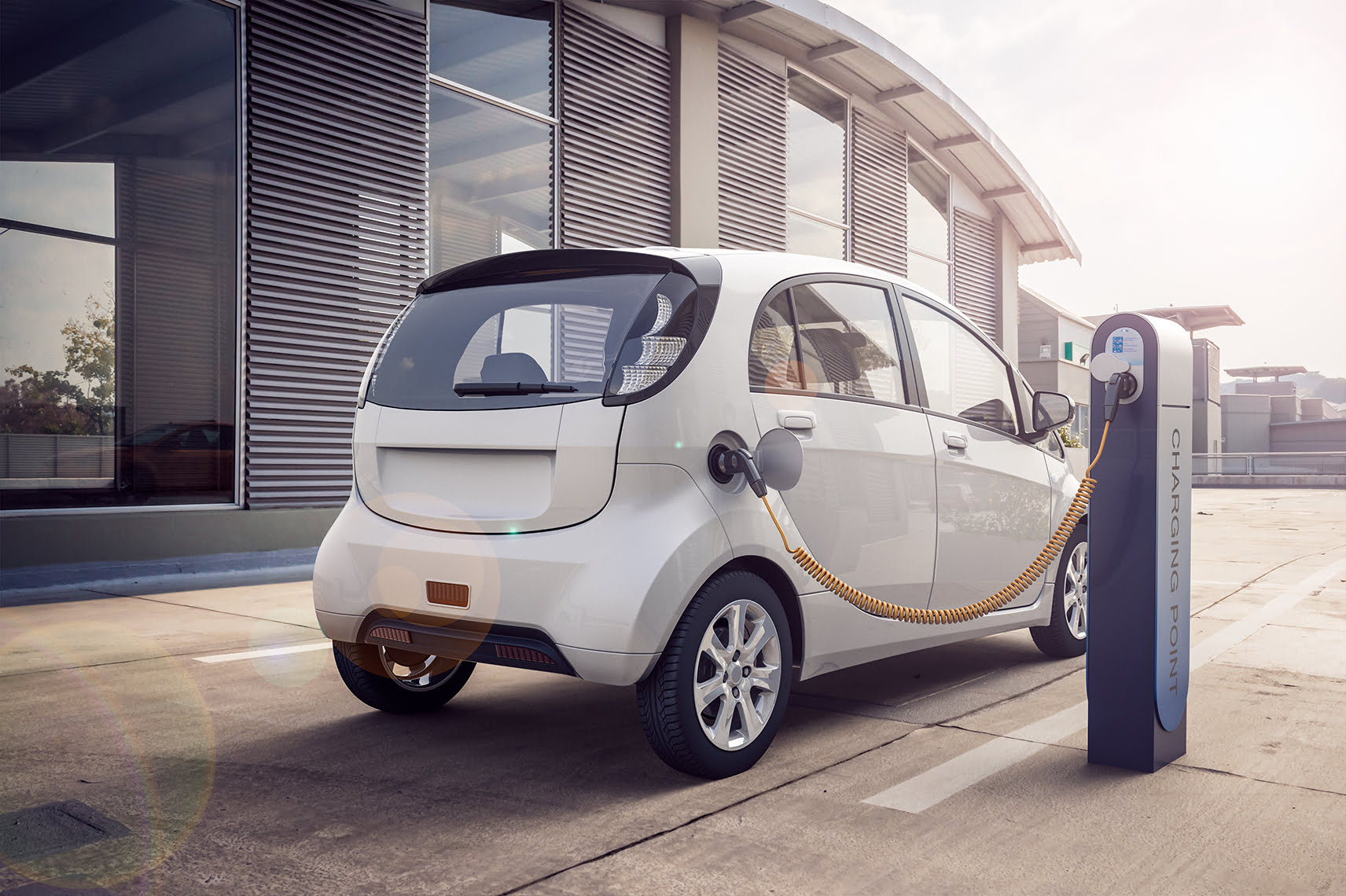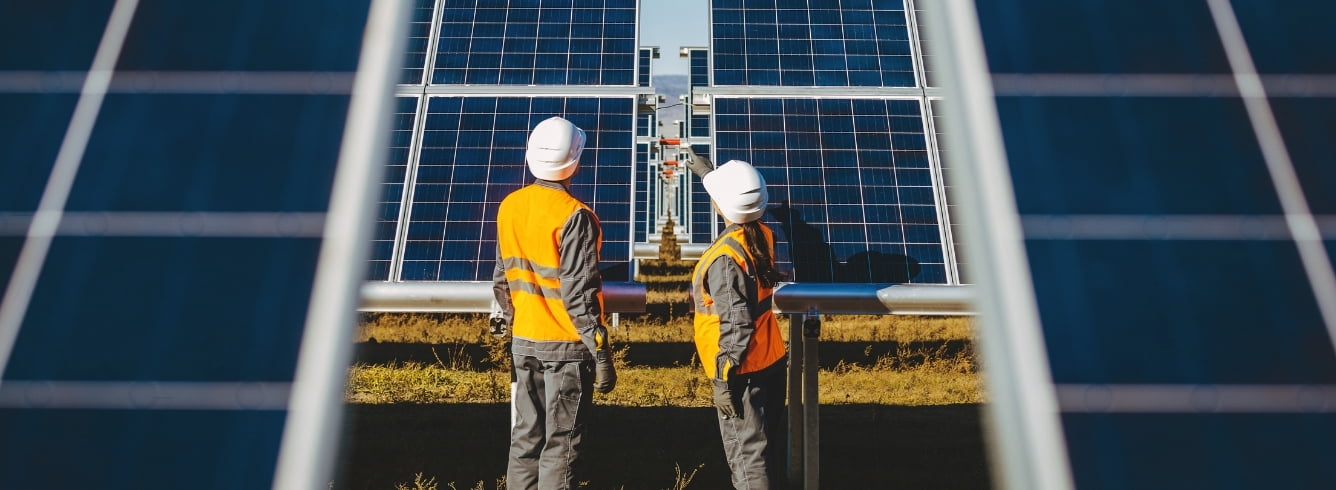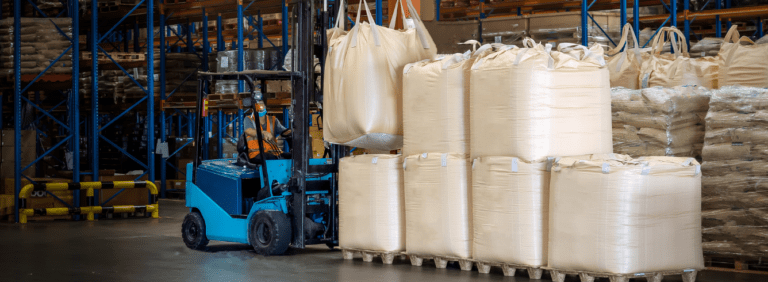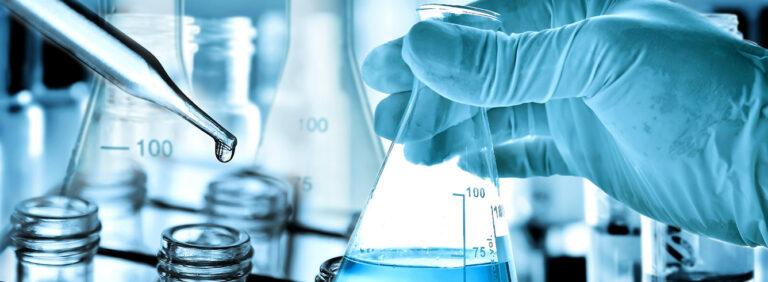Alcanzar los objetivos climáticos para 2030 y 2050, en consonancia con el Acuerdo de París, es la vara de medir del éxito de las políticas del Pacto Verde Europeo.
La Comisión Europea está poniendo en marcha una serie de ambiciosas políticas en el marco del Pacto Verde Europeo para ayudar a alcanzar el objetivo de la UE para 2030 de una reducción mínima del 55% de las emisiones de gases de efecto invernadero, y su objetivo para 2050 de neutralidad climática. Estas políticas abarcan desde la reforma del funcionamiento del sistema alimentario hasta el fomento de la transición a una economía circular y la descarbonización de la industria. Dos instrumentos clave para alcanzar las ambiciones climáticas siguen siendo las energías renovables y la mejora de la eficiencia energética.
La Evaluación de Impacto sobre el Plan de Objetivos Climatos 2030 estimó que el porcentaje de energía procedente de fuentes renovables para 2030 debería alcanzar entre el 38% y el 40%, y que las ganancias de eficiencia energética necesarias son del 36%-39% para el consumo final de energía y del 39-41% para el consumo de energía primaria[1].
Pasar de la «eficiencia energética» al desarrollo de un sector eléctrico basado en energías renovables exige una mayor innovación y mejores infraestructuras. El dióxido de titanio (TiO2) puede desempeñar un papel tanto en la eficiencia energética como en la generación de energías renovables.
El dióxido de titanio mejora la eficiencia energética de los edificios

TiO2 pigment is a vital ingredient in paints and can achieve brilliant, long-lasting white finishes, both for interiors and exteriors. It can contribute to the longer lifespan of the materials it coats and significantly increases energy efficiency. When paint containing TiO2 pigment is applied to the external surfaces of buildings, it can significantly reduce heat build-up inside. This is achieved by a unique property of TiO2 – to reflect the infrared rays of the sun. As a result, TiO2 helps to reduce the energy that would otherwise be consumed by cooling devices like air-conditioning, helping to provide energy savings.
In addition, TiO2 can help tackle the ‘urban heat island effect’, which is a growing problem in many cities across the world

The absorption of heat by concrete and construction materials means that temperatures can be significantly higher in cities than in their rural surroundings. Painting surfaces with white or any other coloured paint containing TiO2 is an effective way to reduce this effect.
Titanium dioxide is a building block in the future of renewables
Renewable energy sources are expected to account for 32% of energy consumption by 2030[3]. The photocatalytic properties of TiO2 mean that it is used in existing and new solar energy technologies that could make a powerful contribution to renewable targets.
For instance, an international team of scientists led by the Rice University in Texas unveiled a new material, hematene, that could be a gamechanger in solar fuel generation.
Hematene is extracted from hematite, the mineral form of iron ore. The research showed that the extracted hematene paired with nanotubes of TiO2 allowed electrical charge generated from photocatalytic activity to be extracted for use.
Titanium dioxide is one of the most efficient photocatalysts. Both industry and the scientific community use it for many applications and research projects, from water cleaning to air purification.
Innovation in batteries and titanium dioxide
The European Commission is planning to introduce specific legislation to help create a circular and sustainable battery value chain. As such, batteries will play a fundamental role in the EU’s transition to a more circular and lower-emission economy. Improving battery capacity and longevity are two core challenges.

Titanium dioxide is a valuable chemical that can help to improve the efficiency of batteries by extending both their energy-storing capacity and their lifetime.
- In 2015, a team of researchers at Singapore’s Nanyang Technology University (NTU) developed TiO2-based batteries that can be recharged to 70% of their capacity in only two minutes, with an expected life span of 20 years.
- In 2015, a team of researchers at Singapore’s Nanyang Technology University (NTU) developed TiO based batteries that can be recharged to 70% of their capacity in only two minutes, with an expected life span of 20 years.
Fuentes
- [1] https://ec.europa.eu/clima/policies/eu-climate-action/2030_ctp_en
- [2] https://ec.europa.eu/info/law/better-regulation/have-your-say/initiatives/12376-Commission-Communication-Renovation-wave-initiative-for-the-building-sector
- [3] https://eur-lex.europa.eu/legal-content/EN/TXT/?uri=CELEX:52020SC0176





